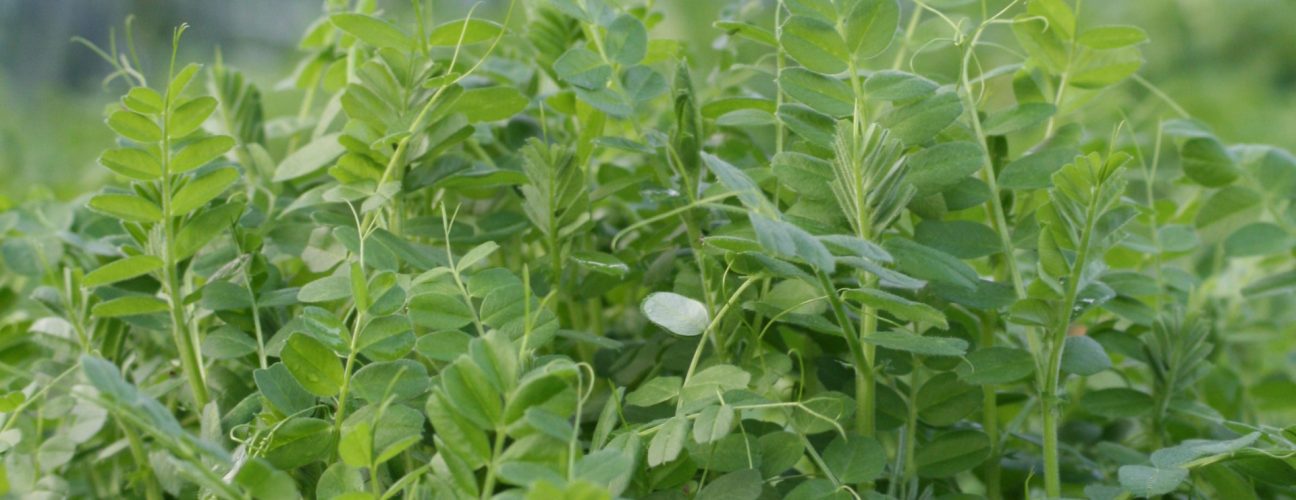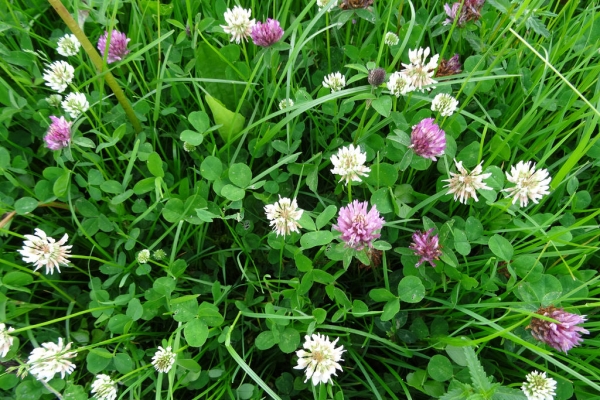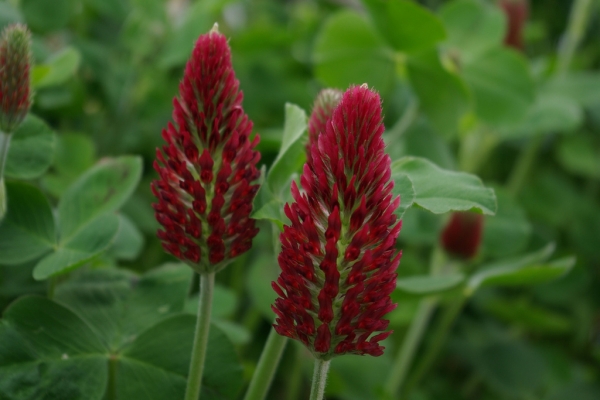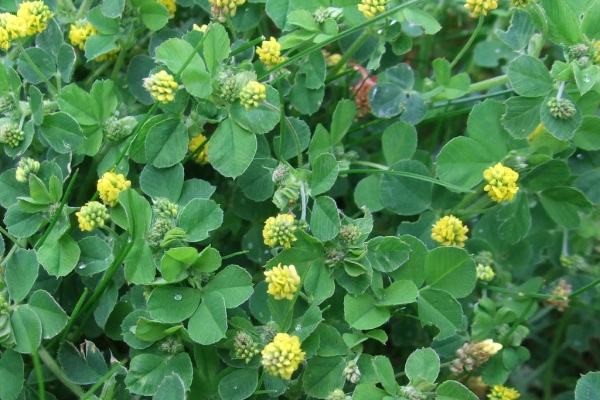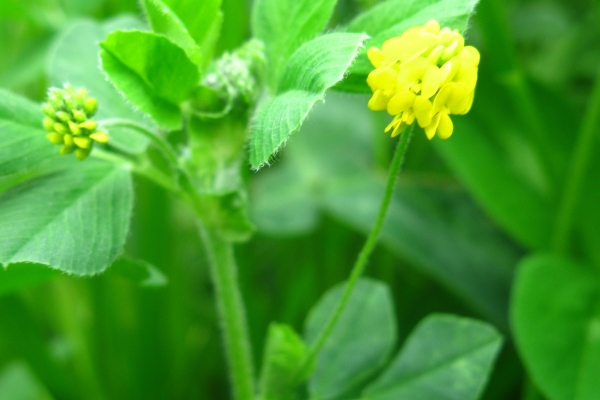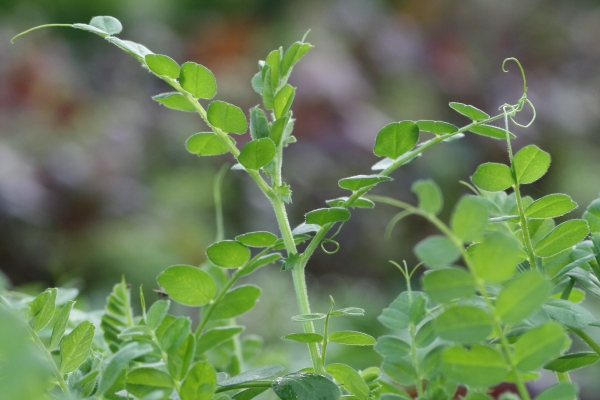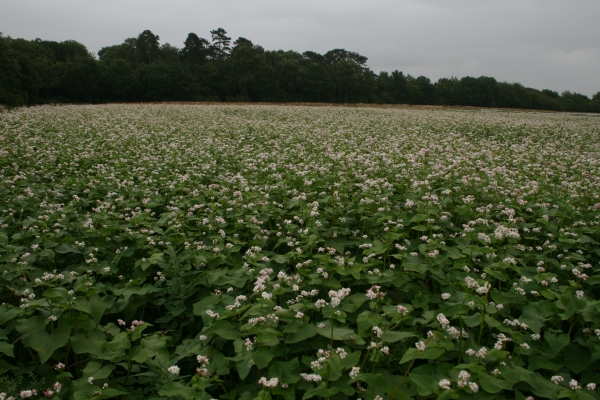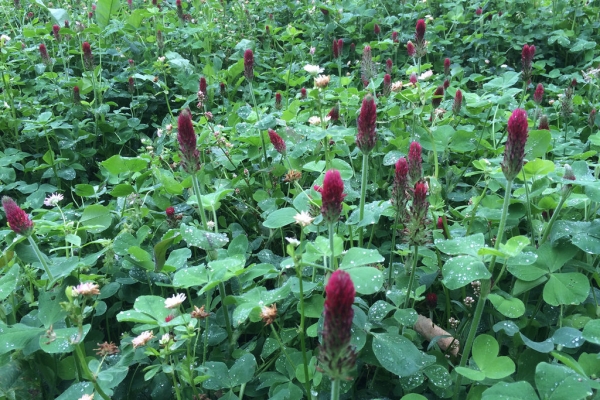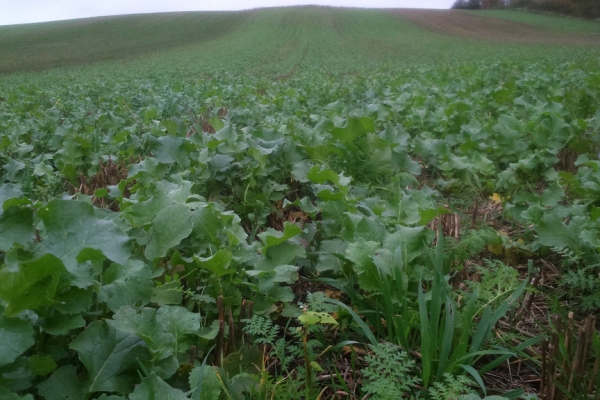Good Green Manures
Field Lab Report: Benefits
Resource explained
Green manures are often sown between other crops to provide multiple benefits for the soil and the wider environment. This report is from a field lab being run in south Lanarkshire that is comparing four different green manure seed mixes and evaluating whether they can (a) improve soil quality, (b) benefit the following crop, and (c) justify the cost of cultivation. The green manure mixes were planted in September and incorporated into the soil before a spring barley crop was sown. This report provides a useful summary for each of the green manure mixes of what was looked at in the early spring; soil structure, earthworm counts, full forage analysis, mineral content, available and total nitrogen content, and cost of establishment. No single seed mix emerged as a clear winner in all categories of the assessment, emphasising the need to tailor green manures to your farm goals.
Findings & recommendations
- The oats and rye combination had the highest yield, captured the most nitrogen, and was the cheapest mix.
- A diverse mix of species with different growth forms (e.g. oats, vetch and phacelia) is particularly good at helping to improve soil structure.
- Adding leguminous species such as vetch can help improve soil total nitrogen content.
- Cultivation methods and sowing also have a significant impact on soil structure and biodiversity. Discing and broadcast sowing resulted in around 4x more earthworms than other methods!
- While seed costs for green manures can be high, these can be significantly reduced by saving seed from the previous green manure crop.
- There is no all-round best green manure mix. Always tailor the mixture to your own goals on the farm.
View another report here containing more detailed information from the trials including sowing rates, methodology and results.
Also see here for more information on the field lab.
